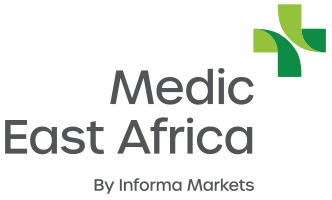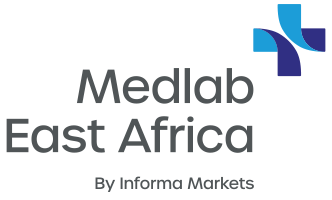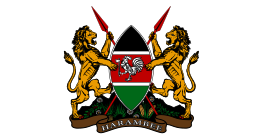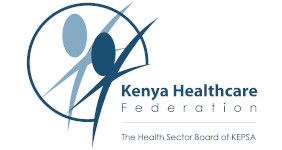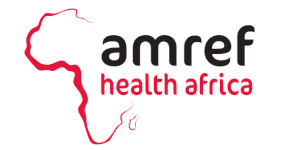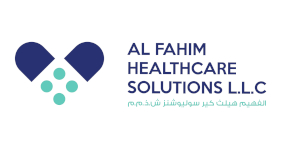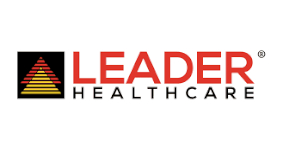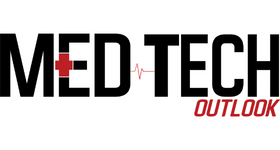Tanzania healthcare market insights 2019
Tanzania exemplifies the developing world’s struggle to achieve ‘middle-income’ country status while confronting widespread poverty and substantial health challenges-such as persistently high child and maternal mortality, human immuno deficiency virus/acquired immune deficiency syndrome (HIV/AIDS), tuberculosis (TB), and malaria, according to latest research by Export.gov.
Tanzania has made a number of important public health achievements in recent years, including a decline in childhood deaths. Between 2003 and 2012, HIV prevalence fell from 7.0 to 5.1%, while the number of patients receiving life-saving HIV treatment has nearly tripled over the last five years.
While Tanzania has made progress in reducing under-five mortality, maternal, newborn, and child health can still be improved. Tanzania must also continue to battle HIV/AIDS and other health issues such as tuberculosis, malaria, respiratory infections, and diarrhea. These issues are exacerbated by underlying food insecurity and nutritional deficiencies. Tanzania also has some of the lowest coverage rates of health personnel in the world.
Health expenditure
According to figures from UNICEF, the health sectorwas allocated Tanzanian Shillings (TSh) 2.22 trillionin Fiscal Year (FY) 2017/2018. This represents a 34% nominal increase on FY 2016/2017 or a 28% increase once adjusting for inflation. The health budget accounts for 7% of the national budget and 1.8% of gross domestic product (GDP).
Meanwhile, Export.gov has reported that for2018/2019, the Ministry of Health has planned to spend US$246.2 million as part of its development budget, which will help the government to implement its health-improving initiatives. This year’s development projects budget is 29% less than previous year, contribution from development partners has decreased by 59% while local contribution has increased by 12% from previous year.
The government has called upon investors to establish pharmaceutical factories within thecountry. Health supplies, commodities and equipment comprise a significant portion of the pharmaceutical domestic development budget. However, firms operating locally will face several challenges such as need for skilled human resources, availability of modern technology and the ability to reach sufficient scale to compete with international suppliers.
